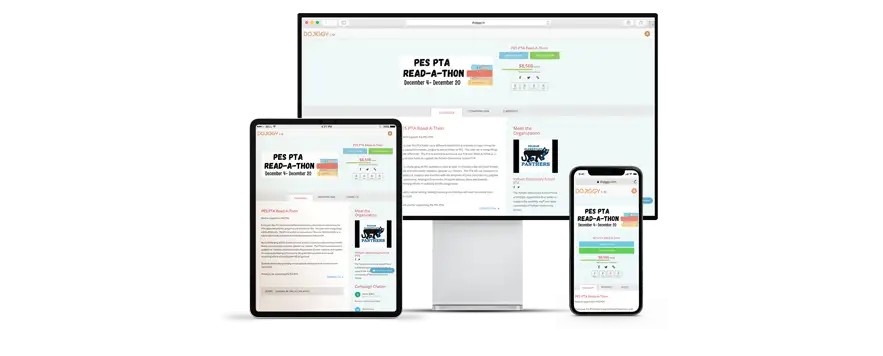Annual Fund Drives and Appeals
Learn the Basics of Annual Fund Drives
Target Your Message to Specific Donors
Raise More by Adding an Annual Event

Many schools, nonprofits, churches, and other community organizations host an annual fund drive to raise money for developmental projects and programs. Annual giving is the backbone of any nonprofit institution, making annual fund drives and appeals an important nonprofit fundraising strategy. Without the support of local businesses and community members, these groups would no longer be able to provide the numerous services, resources, and activities that are important to their community. Therefore, hosting an annual fund drive provides a great way to bring in additional revenue, as well as an opportunity to inform people about the importance their contributions have on the future of their community.
What Exactly is an Annual Fund?
Annual fund is a term that generally refers to the funds raised to support an organization’s annual operating budget. An annual fund can work as either a general donation appeal and collect all throughout the year or it can be associated with a specific campaign or group of campaigns, including direct mail, email, Social Media, and fundraising events. Annual fund drives are often kicked off in the last quarter of the year, as part of year-end giving and appeals.
Hosting special events and donation drives will certainly help your organization reach your annual fund’s fundraising goals and increase your success. Many organizations do this as part of GivingTuesday fundraising.
How Do Organizations Run Annual Fund Drives?
An annual fund drive or appeal can be conducted by reaching out to local businesses and community members and asking for donations, at least once every year. This is typically done through writing donation request letters or hosting an annual fundraising event.
Annual Fund Appeal Guidelines
Below are some basic guidelines for hosting an annual fund drive.
Personalize Your Annual Appeal
Prospects for your annual appeal should include everyone associated with your organization. However, this doesn’t mean that you just send one letter to everyone. You will need to segment your audience and target donors appropriately. Major gifts donors do not want to see the same information as new supporters. If they do, they may just turn into $50 donors.
As well, you need to know the demographics of your donors, since different age groups like to donate and engage differently.

Millennials Fundraising Trends
These young donors are most likely to donate via mobile giving and to friends, via peer to peer crowdfunding campaigns. They are ultra-connected to their devices, and as such, they respond to text to donate campaigns and are active daily on social media.

Generation X Fundraising Trends
These supporters are most likely to fundraise on behalf of your organization and volunteer in other ways. They respond to email, phone calls, and text campaigns.

Baby Boomer Fundraising Trends
These donors are most likely to make larger and/or recurring gifts. You may wish to contact them via phone calls and they also check email regularly.

Greatest Generation Fundraising Trends
It’s no surprise that age 67 and up donors are most likely to respond to direct mail campaigns and give by check. Many also own smartphones and donate by credit card, but direct mail campaigns should still be used to target these older donors.
Hosting Annual Fundraising Events
 All of these same guidelines can be followed
for hosting an annual fundraising event, and events allow you to really get in front of your donor. You’ll still want to send a letter or communication to inform people of the fundraising campaign and ask for their donations or participation.
Providing a link to a fundraising website is not only a great way to collect registrations, sponsorship sales, and donations, but also to share information about your event including date, time, location, and
other important details such as entertainment and food.
All of these same guidelines can be followed
for hosting an annual fundraising event, and events allow you to really get in front of your donor. You’ll still want to send a letter or communication to inform people of the fundraising campaign and ask for their donations or participation.
Providing a link to a fundraising website is not only a great way to collect registrations, sponsorship sales, and donations, but also to share information about your event including date, time, location, and
other important details such as entertainment and food.
If you decide to host an event, be sure to consider a nonprofit crowdfunding event where your supporters can fundraise and become actively involved in your organization. Remember, besides raising money, raising awareness is a key component in annual fund drives. Walk-a-thons and race fundraisers are a great option, as are bike-a-thons and spin-a-thons. Great fundraising events also offer additional revenue-generating opportunities like hosting fundraising raffles or charity auctions.
Most importantly, make the event fun! Provide entertainment, food, games, and contests to draw in a large audience. If your event is a success, people will look forward to coming back year after year, and your event may also look appealing for sponsorship from local businesses.







